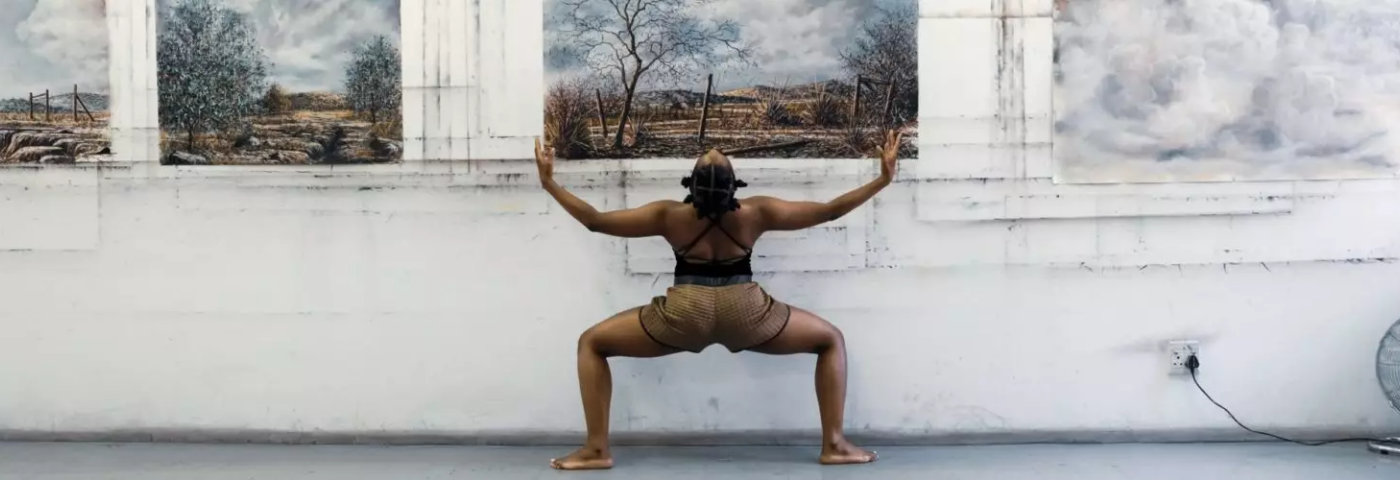Typically, African art is always associated with wooden masks, stone and bronze sculptures and traditional textiles – but there is so much more to discover – and potentially incorporate into your guest itineraries.
This is the view of Julian Asher, Founder and Managing Director of Timeless Africa, who used the platform provided by Africa Travel Week Virtual to draw attention to the growing international interest in contemporary African art and design.
According to Asher, the past decade has seen a number of developments that have provided a bigger stage for contemporary African art. This has included the launch of the 1:54 Contemporary Art Fair in London in 2013, which has since grown to four annual shows around the world in London, Paris, New York and Marrakech; the opening of dedicated African contemporary art departments at top-tier auction houses; solo auctions for African artists and the increased visibility at key international museums and exhibitions.
“Although awareness is growing, for most people, contemporary African art is still new and exciting territory, which in many ways makes it the best of both worlds for travel advisors: people are aware enough to be curious and interested, but significant opportunity still remains for travel advisors to engage with this movement,” says Asher. He highlights that fine art, street art and design are particularly exciting areas to explore.
There are many reasons to include contemporary African art and design in your itineraries, says Asher. First of all, it creates a sense of place. You know you are in Africa and it is the perfect antidote to international blandness.
Secondly, is the authenticity and sustainability of connecting to contemporary Africa where guests can have the chance to forge real connections with locals. Finally, it enables you to stand out from the crowd and tap into the growing need for unique experiences.
So how can you go about incorporating contemporary African art into your itineraries? One of the easiest first steps is including a stay at an art hotel, which are particularly plentiful in South Africa with options such as Ellerman House, The Silo Hotel, Delaire Graaff or Gorgeous George to name a few.
This is a great option for guests that want a deep dive into contemporary art, or even for those that are content to just enjoy being surrounded by beautiful things. Some art hotels have works that they have specifically commissioned, while many include documentation in the rooms with more detail to explore. Some even have art concierges on site to tailor the experience to client interests – and they may even have relationships with artists that allow them to organise special experiences.
While safari remains one the main reasons international travellers visit Africa, the art experience can continue on this aspect of the itinerary as well. Asher points out that there are many design-forward safari camps and lodges that innovatively blend contemporary design with the bush experience. Some are influenced by local tribes, while others draw inspiration from the natural world or local environment.
Aside from accommodation, there is a multitude of ways travel advisors can incorporate art-focused activities into their travel programmes, from tours of museums, galleries or street art, but Asher advised that you make use of the services of a specialist guide in order to add depth to the experience.
Finally, shopping offers the ultimate way to support local creatives rather than the typical African souvenir. Asher recommends visiting galleries, artist studios or the V&A Watershed where you will find more than 150 stalls showcasing local designers. “There is a wide range of options for incorporating contemporary African art and design into itineraries in Africa – creating a significant opportunity for travel advisors,” he concludes.


